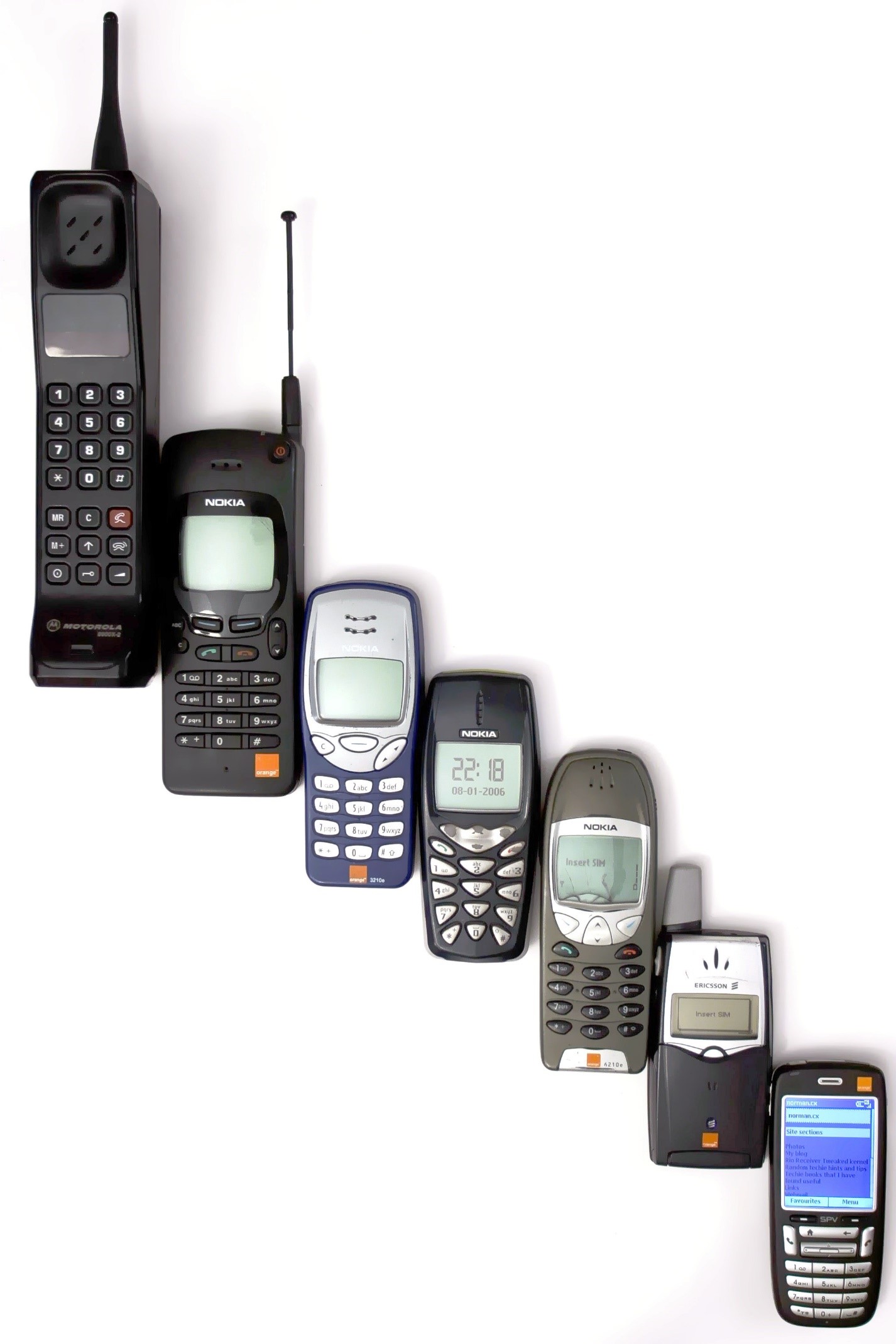Part 4 of 4 Parts (Please read Parts 1, 2, and 3 first)
Cell phones have been targeted in the past with negative publicity about the possible health effects of the radiation that they emit. The frequencies of the cell phone system just happens to be the frequencies that are absorbed by the brain. There is an ongoing debate over studies of the health effects of long term cell phone use. It turns out that the use of a cable to connect an earphone to a cell phone can act as an antenna to concentrate radiation. Bluethooth ear buds raise the question of whether or not the frequencies used for Bluetooth devices could also be a health issue.
Fertilizers used on lawns and flower beds contain a lot of phosphorous. The phosphorous used to make the fertilizer may contain natural uranium which is mildly radioactive. It is possible that some of that uranium could make its way into food grown in fertilized soil. Fortunately, the amount of radiation from such uranium will be too small for significant effects on the people who consume it.
And, finally, your own body contains radioactive materials such as potassium-40, uranium, thorium and carbon-14. The decay of the carbon-14 is used in a procedure called carbon dating to determine the approximate age of human bones.
Throughout this article, I have often said that the amount of radiation from common sources is not generally thought to be a threat to human health. Most of the sources that I have mentioned are small in comparison to the natural background radiation from the uranium in the soil and the incoming radiation from space. That having been said, I should mention something important about the relationship of radiation exposure to health. The natural background radiation we are all exposed to is generally considered to be “safe” in public discourse.
When considering whether or not there is a minimum amount of radiation that can harm human health, it turns out that decades of research have yielded that theory that there is no minimum level of safe radiation exposure and that any amount of radiation, not matter have small, could possibly have an effect on health. This means that the conventional wisdom that any radiation that is less than the natural background is “safe” is simply not true.
The currently accepted scientific theory about the health dangers of radiation exposure is called the “no-threshold linear” model. This means that as radiation exposure increase from zero, there will be a steady linear increase in health threat. Although radiation from common sources may be small compared to background radiation, even so it can increase the possibility of negative health effects. And, as mentioned for some of the sources, there is the danger of accumulation of damaging radiation over time.
While some radiation is inescapable in the form of the natural background radiation, other common everyday sources can be eliminated and should be, especially for vulnerable populations such as babies, small children, the aged and those who already have serious health issues. If a possible common source of radiation exposure is not important to you, it would probably be best to avoid it if at all possible.
